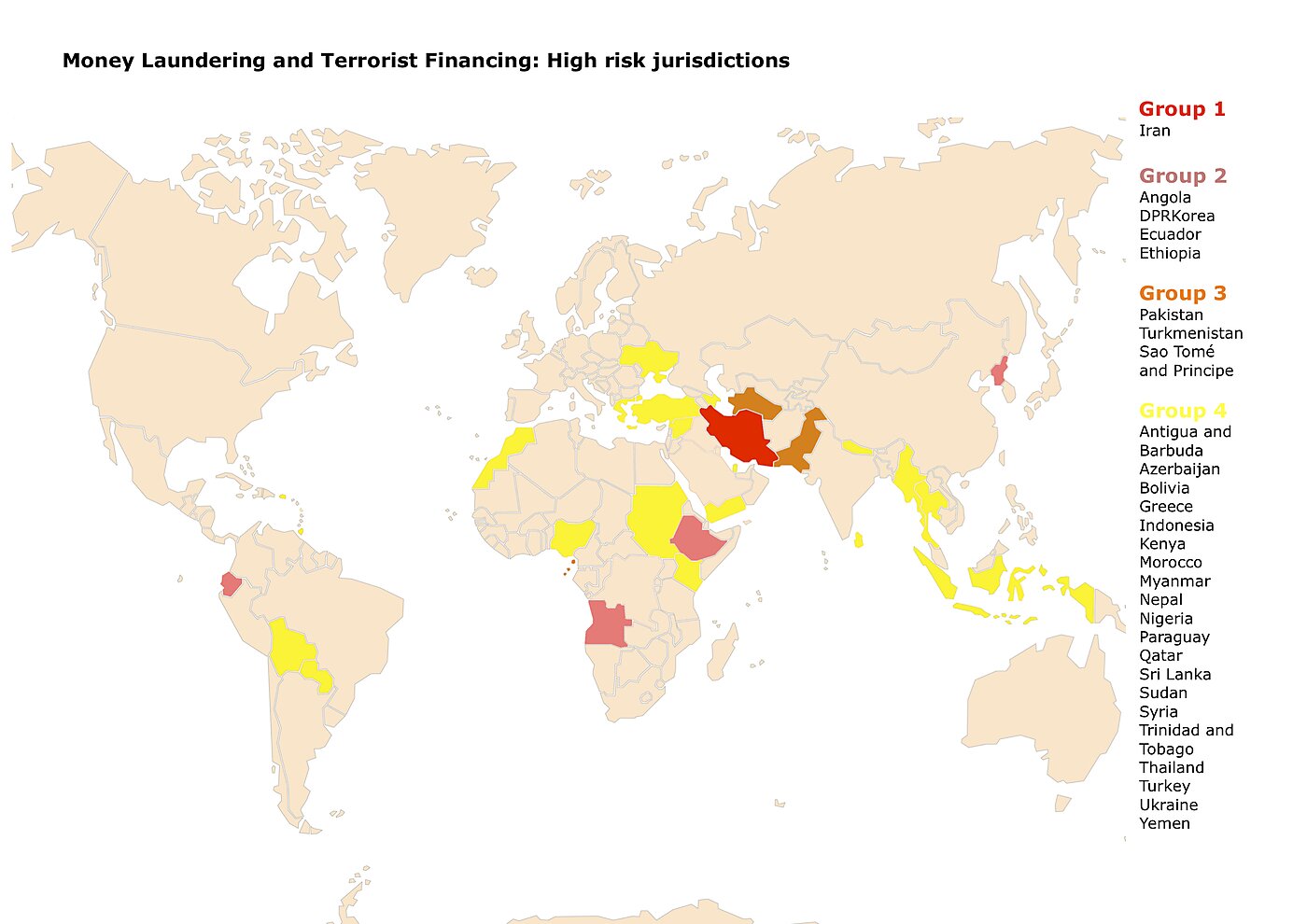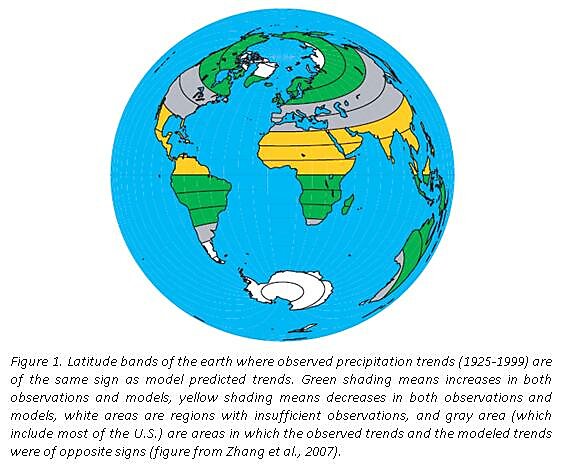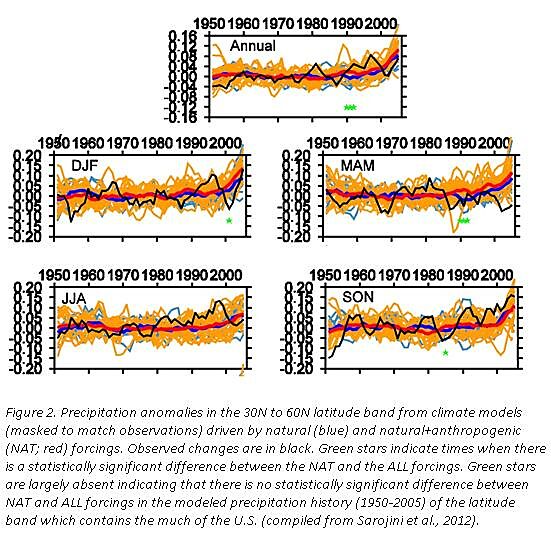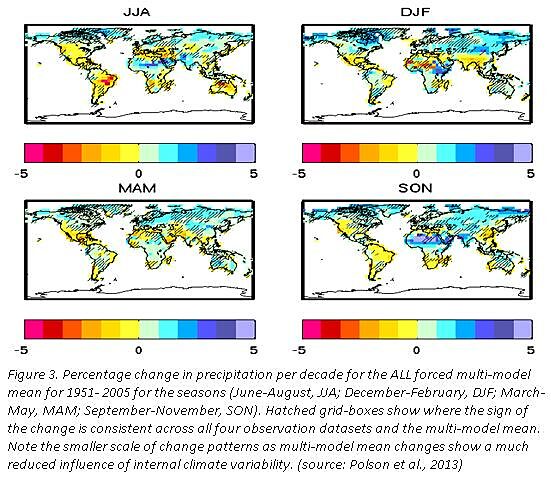Just in time for today’s release of my and Bill Watson’s new PA, “Regulatory Protectionism: A Hidden Threat to Free Trade” comes a feature article [$] in the specialist trade (in both senses of the word) publication, Inside U.S. Trade on the likely obstacles to a U.S‑EU preferential trade agreement (a recent Cato event also hosted a discussion on this topic). And, in an inadvertent PR coup for us, it focusses almost entirely on how regulations and other non-tariff barriers (NTBs) in each economy might inhibit a successful result to negotiations:
The shifting nature of domestic policies and agricultural trade between the United States and the European Union over the last several decades means that while some traditional trade irritants are no longer present, others have been introduced that will likely prove difficult to unravel in the context of trans-Atlantic bilateral negotiations. Whereas bilateral trade irritants previously centered on export subsidies and competition in third markets for commodities like wheat, now the disagreements primarily relate to non-tariff barriers (NTBs), including divergent scientific standards, food safety regulations and other issues that are hindrances to bilateral trade… But the difficulty in negotiating these issues is that, because they ostensibly relate to consumer health and safety, governments cannot easily make “trade-offs,” as they can with tariffs. Observers believe that this is the chief reason that the talks over agriculture promise to be so difficult.
Indeed. As we discuss in our paper, tariffs and other conventional trade barriers have fallen over the years, so the barriers that remain are more regulatory in nature, and more sensitive to negotiate. What we’re essentially left with is the difficult issues. They get to the heart of national sovereignty and, on a practical level, require the participation of regulatory administrators who may have very little or no trade negotiation knowledge or experience. They also have little incentive to concede their power. Whereas trade negotiators are paid to, well, negotiate, regulators are paid to inhibit commerce. They face asymmetric rewards: a huge fuss if something goes wrong, not many kudos if they remove the reins and let commerce thrive. Under those conditions, it should be no surprise that they are risk-averse. So this trade agreement will not be easy to complete. In the meantime, though, there is much the United States can do to limit the ability of regulators to shackle the economy with burdensome—and potentially illegal—requirements that limit choice and expose American businesses to retaliatory sanctions. For example, ensure WTO obligations are taken seriously and adhered to. From our paper:
Prior to implementing a new regulation, federal agencies should be required to evaluate the possibility that less trade-restrictive alternatives could meet regulatory goals as effectively as their preferred proposal. Also, the U.S. government should not dilute or bypass the multilateral rules of the WTO through bilateral or regional negotiations that accept managed protectionism. This paper uses a number of recent examples of protectionist regulations to show that the enemies of regulatory protectionism are transparency and vigilance. Policymakers should be skeptical of regulatory proposals backed by the target domestic industry and of proposals that lack a plausible theory of market failure.
Read the whole thing here. And if you are in D.C. or near a computer next Thursday, watch our event to launch the paper.



